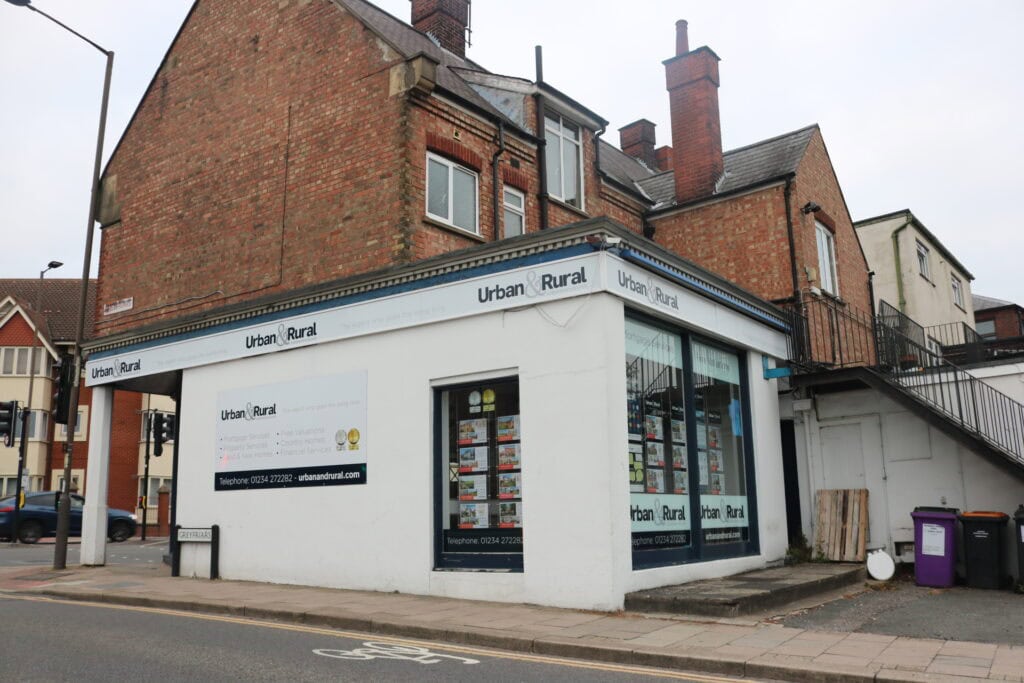Get Expert Investment Financing
- Matched with investor-friendly lenders
- Fast pre-approvals-no W2s required
- Financing options fro rentals, BRRRR, STRs
- Scale your portfolio with confidence
Educational Content | Not Financial Advice | Connect with Licensed Professionals
Secondary cities are experiencing unprecedented growth, with recent data showing 30.6% population surges in markets like Princeton, Texas, while established metro areas struggle with stagnant returns. Smart investors are discovering that these emerging markets offer rental yields of 5-7% compared to the measly 2.5-4% typical in tier-1 cities like New York or San Francisco.
This market analysis reveals why secondary city investment opportunities represent the next frontier for real estate investors seeking exceptional returns without the crushing competition and inflated valuations of major metropolitan areas.
Population Growth Momentum Creates Investment Opportunity
U.S. metro areas grew by 1.1% from 2023 to 2024, outpacing national population growth. However, the real story lies in secondary cities, particularly those in the South and West, which are experiencing explosive growth. Northeast secondary cities with populations over 50,000 saw 1% average growth in 2024, five times higher than 2023 levels.
San Marcos, Texas exemplifies this trend with 1.65% annual growth, connecting the Austin and San Antonio markets while offering significantly lower entry costs than either major metro.
Migration Patterns Fuel Rental Demand
Post-pandemic migration continues supporting secondary city growth through net domestic migration from expensive major markets to affordable secondary destinations. A recent survey revealed 45% of families in the D.C. area considered relocating due to affordability concerns, with many targeting secondary cities within reasonable commuting distance.
| Growth Factor | Secondary Cities | Tier-1 Markets |
|---|---|---|
| Population Growth | 1.65% (San Marcos) | 0.5-1.0% average |
| Rental Yields | 5-7% typical | 2.5-4% typical |
| Price Appreciation | 8-15% annually | 3-6% annually |
| Infrastructure Investment | High (I-35 corridor) | Maintenance focused |
Economic Indicators That Matter
Successful secondary city investment requires analyzing specific economic drivers beyond basic population metrics. Job growth statistics reveal secondary metros like Fayetteville, Arkansas and Boise, Idaho consistently outperform large metropolitan areas in employment creation while maintaining unemployment rates below national averages.
The Heartland Forward 2024 analysis ranks multiple secondary metros among the most dynamic based on job creation, GDP gains, and wage acceleration. These fundamental economic strengths translate directly into rental demand and property value appreciation.
Infrastructure Development as Investment Catalyst
Infrastructure investments serve as powerful catalysts for secondary city growth. The Austin-San Antonio corridor benefits from Interstate 35 upgrades and commuter rail expansions designed to handle rapid population increases. These projects enhance connectivity between secondary cities and major employment centers, making them attractive to both residents and businesses.
Transportation improvements, logistics hubs, and technology sector investments create multiplier effects that boost property values and rental demand over extended periods.
Understanding Secondary Market Volatility
Secondary cities offer higher returns but require sophisticated risk assessment. Economic dependency on single industries, limited job diversity, and data transparency issues can create unexpected volatility. Smart investors diversify across multiple secondary markets rather than concentrating investments in single cities.
Portfolio Diversification Opportunities
Geographic diversification across different secondary cities reduces concentration risk while capturing growth in multiple emerging markets. Consider spreading investments across different regions (South, West, Midwest) and different economic drivers (tech hubs, manufacturing centers, university towns).
Markets like Princeton, Texas (Dallas-Fort Worth secondary) and rapidly growing areas in the Tri-Cities, Washington offer different risk-return profiles that complement each other in a diversified portfolio.
Quantitative Analysis Techniques
Effective secondary city analysis combines historical sales data with geographic information systems for precise site selection. Focus on:
Qualitative Research Methods
Data analysis must be supplemented with on-ground research including interviews with local real estate professionals, economic development officials, and property managers. Field visits reveal neighborhood dynamics, development quality, and market sentiment that spreadsheets cannot capture.
Local market knowledge becomes particularly valuable in secondary cities where publicly available data may be limited compared to major metropolitan areas.
The secondary city opportunity window remains wide open, but sophisticated analysis and strategic positioning are essential for capturing exceptional returns. Start by identifying 3-5 secondary cities with strong population growth, diverse employment bases, and planned infrastructure improvements.
Focus on markets connecting to major metro areas where commuter patterns support rental demand but property costs remain reasonable. Markets showing consistent 8-15% annual price appreciation combined with 5-7% rental yields offer compelling risk-adjusted returns.
Explore DSCR Loan Options for Secondary City Investments
Secondary cities typically have populations between 50,000-500,000, serve as regional economic centers, and offer lower property costs than tier-1 metropolitan areas while maintaining strong job growth and infrastructure development.
Secondary cities often deliver rental yields of 5-7% compared to 2.5-4% in tier-1 markets like New York or San Francisco, primarily due to lower acquisition costs and strong rental demand from population growth.
Primary risks include economic concentration in single industries, limited liquidity compared to major markets, potential data transparency issues, and dependence on continued population and job growth trends.
This article is for educational purposes only and does not constitute financial, legal, or investment advice. Mortgage rates, terms, and requirements vary by lender and individual circumstances. Always consult with qualified, licensed mortgage professionals before making financial decisions. REInvestorGuide.com may receive compensation from featured lenders and service providers.
Our advise is based on experience in the mortgage industry and we are dedicated to helping you achieve your goal of owning a home. We may receive compensation from partner banks when you view mortgage rates listed on our website.


